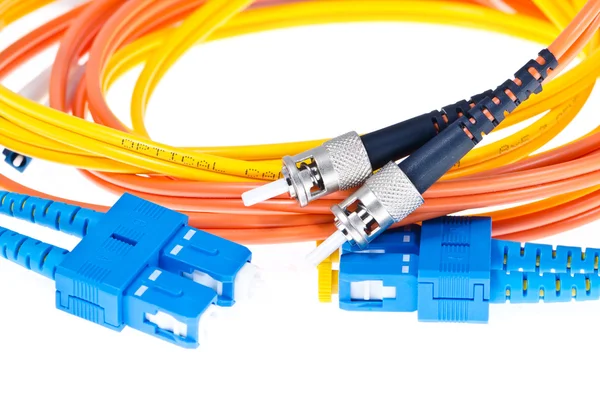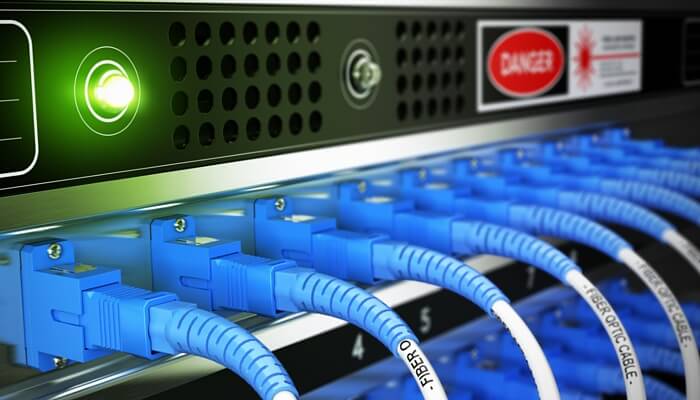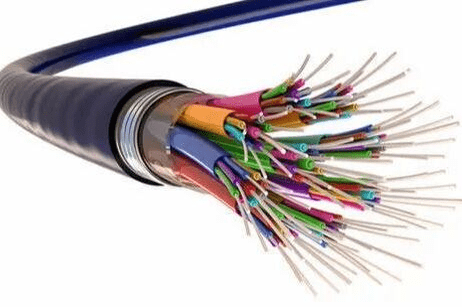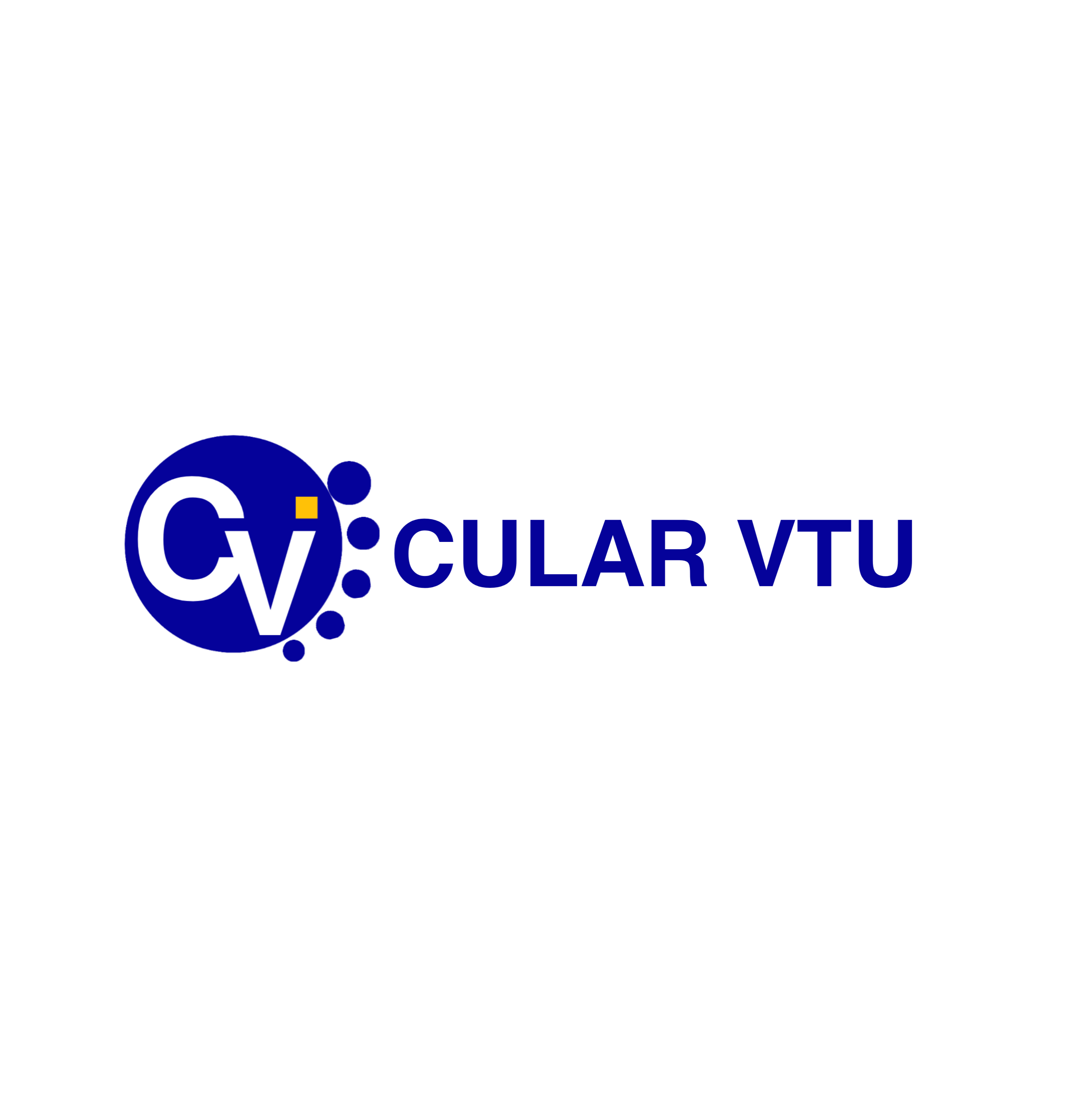Fiber technology stands for speed, reliability, and efficiency. It is important to understand the basic principles that give power to the world. Let’s go to uncover the “magic of fiber optics.”
Learn the Basics of Fiber Optics
Page Contents
ToggleFiber optics is a new technology that involves sending data through thin pieces of glass or plastic called optical fibers. These fibers transmit data through light waves, enabling fast and secure communication over long distances. Unlike traditional copper cables, fiber optics have great advantages in terms of bandwidth, speed, and resistance to electrical interference.

Key Components
At the heart of each fiber optic cable is a core, a small strand of glass that acts as a light signal channel. Around the core is a coating layer that reflects light into the core, preventing signal loss. The outer layer, the protective layer, protects the fragile core and lining from external factors.

Light Signals: The Medium of Optical Fibers
Information travels at the speed of light. The process starts with a light source, usually a laser or light-emitting diode (LED), which produces a light signal. These signals pass through the cable core and are reflected out due to the total internal reflection. The result is secure and fast data transmission, and fiber optics are the backbone of high-speed internet and mobile networks.

Fiber Optics Have Advantages Over Traditional Cables
Fiber optics has many advantages over traditional cables. One of the main advantages is the high bandwidth, which allows a large amount of data to be sent at the same time. Optical fiber is not subject to electromagnetic interference, ensuring a stable and reliable connection. The reduction of fiber signals allows data to be transmitted over long distances without loss of quality, which is ideal for long-distance communication networks.
Telecommunication Applications
The applications of optical fiber in telecommunications are diverse and far-reaching. Fiber networks are the foundation of modern communications infrastructure, supporting everything from high-speed Internet access to smartphone calls. This technology is essential to meet the growing demand for data-intensive services such as cloud computing, online gaming, and video streaming
Future Prospects
As technology advances, the future of fiber optics looks bright—research and development aimed at improving the efficiency and performance of fiber optic networks. With the emergence of technologies such as 5G, the need for high-speed and low-speed communications will increasingly adopt fiber optics and strengthen its role as the cornerstone of telecommunications.
Conclusion
In the complex world of modern telecommunications, understanding the basics of fiber optics opens the door to many opportunities. Optical fibers, with their small cores and fast light signals, affect connectivity, interaction, and movement in the digital world. As we continue to push the boundaries of connectivity, the importance of “fiber optic” projects will become even more important to understand and harness the true potential of this groundbreaking technology.







2 Comments
Nice 👍
Thank You for this information. I have searched around the net to get a solid information on fiber optics. But I will need more information.